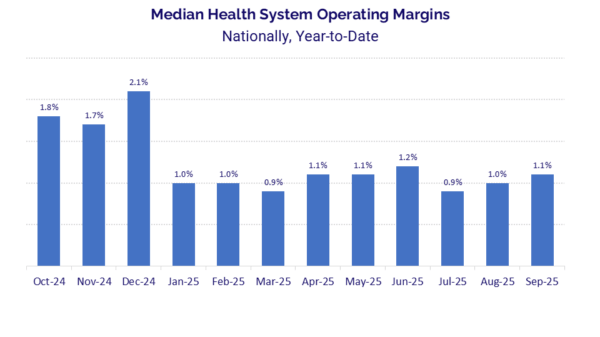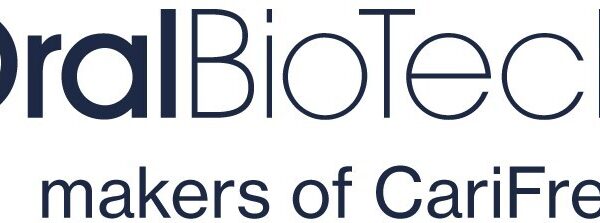Sales of previously owned homes in the U.S. have plunged to the lowest levels since September 2022, as the national average price reached an unprecedented $435,300. This alarming drop of 2.7% from May to June has sent shockwaves through the housing market, according to the latest report from the National Association of Realtors (NAR).
The surge in home prices marks the 24th consecutive month of annual increases, making it increasingly difficult for potential buyers to enter the market. The latest sales figures fell significantly short of the 4.01 million pace economists had anticipated, as high mortgage rates continue to stifle buyer activity.
Mortgage rates have remained stubbornly close to 7%, adding hundreds of dollars to monthly payments for borrowers. Lawrence Yun, NAR’s chief economist, warns that this affordability crisis is keeping many first-time buyers sidelined. Historically, these buyers accounted for 40% of home sales, but they made up only 30% of the market in June.
The housing market has been in a downturn since early 2022, when mortgage rates began climbing from pandemic-era lows. This trend has created a lackluster spring homebuying season, typically the busiest time of year. Despite the increased number of homes on the market compared to last year, inventory levels remain significantly below what is considered normal, which keeps prices elevated even as sales slow.
Currently, there are 1.53 million unsold homes, a 0.6% decrease from May but a nearly 16% increase from June last year. This translates to a 4.7-month supply of homes at the current sales pace, indicating a slight uptick from 4.6 months in May. Typically, a balanced market requires a 5- to 6-month supply.
As homes linger on the market longer, the average property took 27 days to sell last month, up from 22 days in June 2022. Notably, 20.7% of homes listed for sale had their prices reduced, the highest proportion for June since at least 2016. However, many sellers are choosing to withdraw their homes instead of lowering prices, with properties taken off the market without selling jumping 47% in May compared to last year.
The current state of the housing market creates a mixed bag for buyers. Those who can afford to purchase at current rates or pay in cash are finding opportunities in a growing inventory. However, the overall environment remains challenging, with many unable to secure financing due to elevated mortgage rates.
Looking ahead, the trajectory of the housing market heavily depends on future movements in mortgage rates. If rates were to decrease to around 6%, Yun estimates an additional 500,000 homes could be sold. The urgency is palpable as potential buyers wait for favorable conditions to re-enter the market.
As these developments unfold, the impact on first-time homebuyers and the broader real estate landscape remains critical. The ongoing affordability crisis continues to shape the market, emphasizing a need for prospective buyers to stay informed and engaged.
Stay tuned for further updates as this story develops.


































































